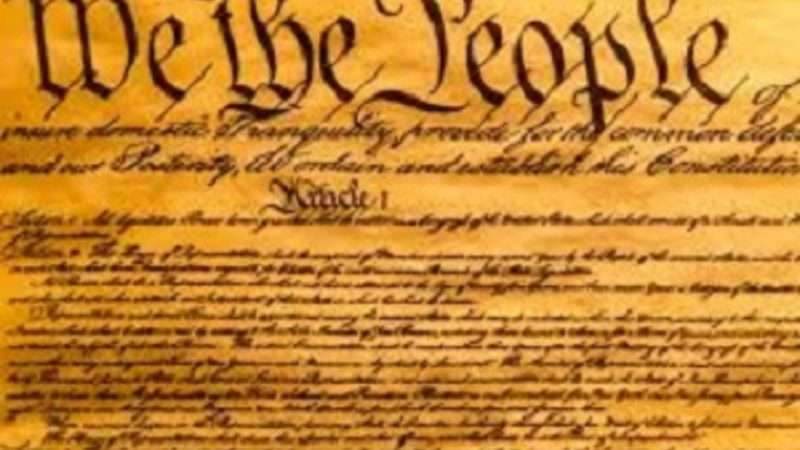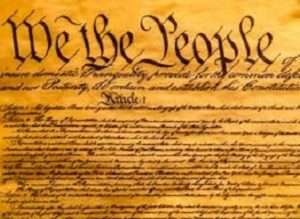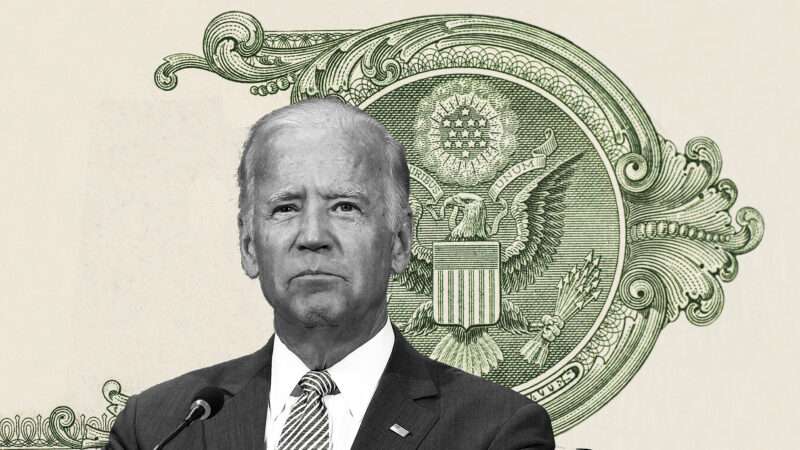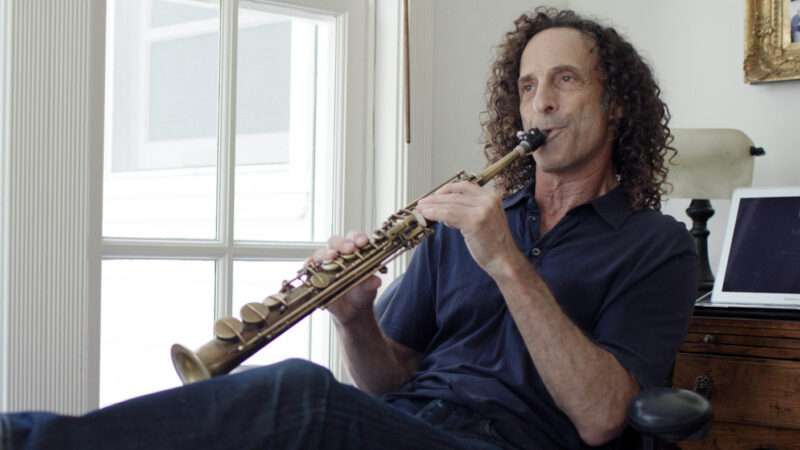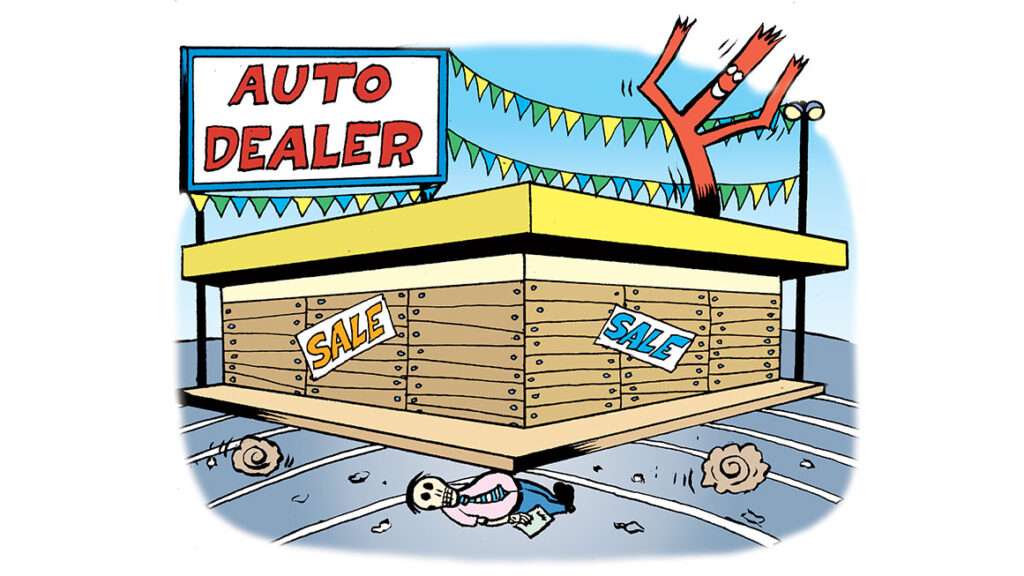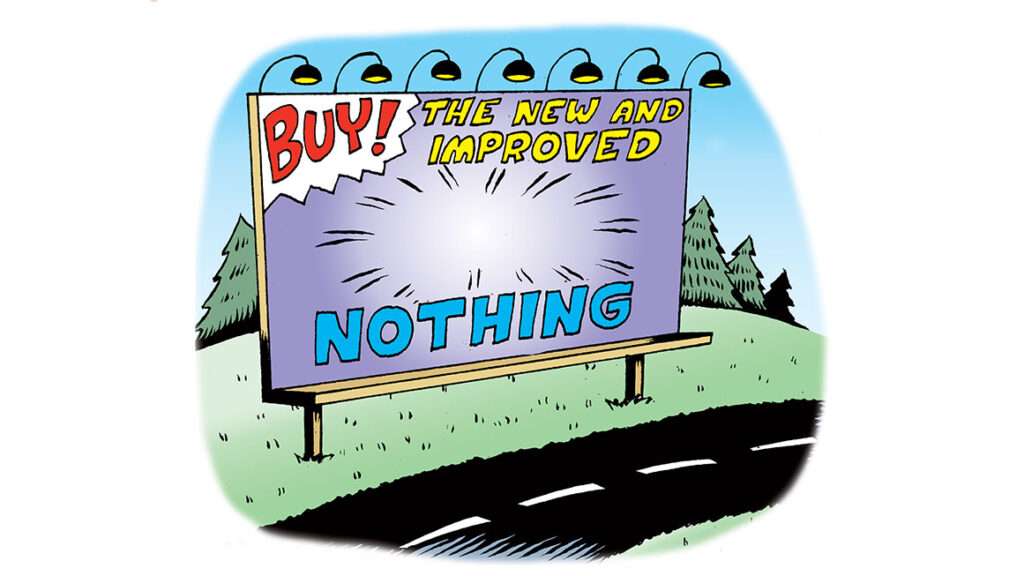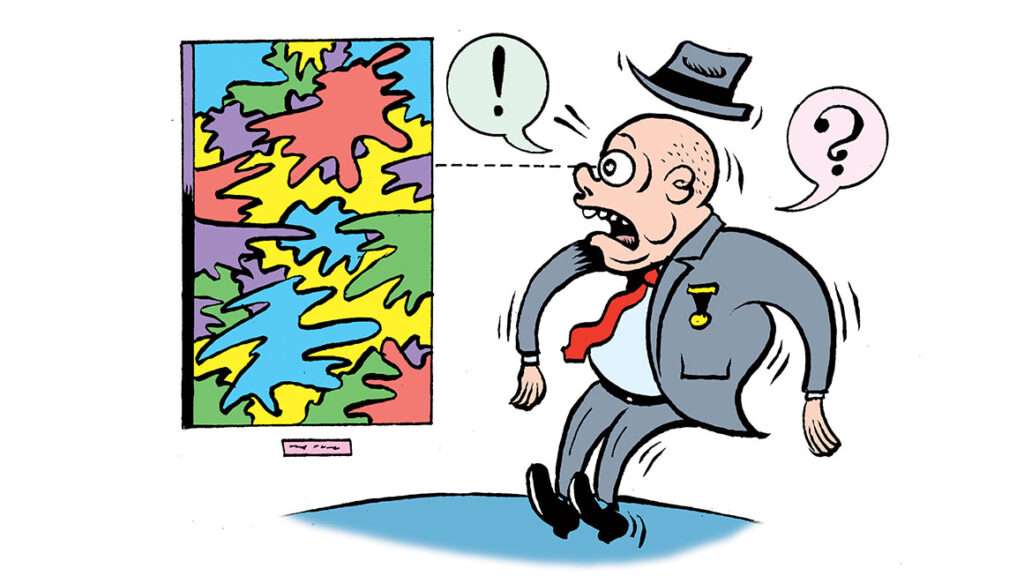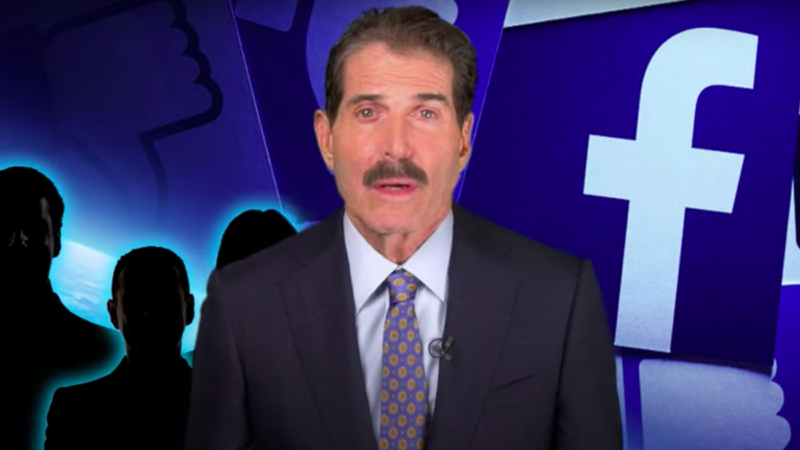An interesting article cowritten by a UCLA Public Policy school colleague of mine, Police Force Size and Civilian Race, forthcoming from Aaron Chalfin, Benjamin Hansen, Emily K. Weisburst and Morgan C. Williams, Jr. (I quote below from the May 4, 2021 draft). I’m not an expert on this subject, but I thought it worth passing along; I’d be glad, of course, to also excerpt and link to any articles that point out flaws in this one.
The background:
While there is now a strong consensus in the academic literature that the number of police officers (McCrary, 2002; Evans and Owens, 2007; Chalfin and McCrary, 2018; Mello, 2019; Weisburst, 2019b) combined with their presence and visibility (Sherman and Weisburd, 1995; Di Tella and Schargrodsky, 2004; Klick and Tabarrok, 2005; Braga et al., 2014; MacDonald et al., 2016; Weisburd, 2016) reduces crime, whether the effect of additional law enforcement is heterogeneous across Black and white Americans remains a surprisingly open question…. Using national data on police employment for a sample of 242 large U.S. cities over a 38-year period, this research provides novel evidence on the racial differences in public safety returns to law enforcement expansion in the United States….
The homicide findings:
We find that each additional police officer hired abates between 0.06 and 0.1 homicides [per year] …. The estimates suggest that investments in police manpower can save a life at a cost of between $1.6 and $2.7 million, far lower than common for accepted estimates of the value of a statistical life which typically exceed $7 million.
Although the total reduction in homicide is roughly equal across Black and white victims, the decline in homicide is twice as large for Black victims in per capita terms. {On a per capita basis, police force expansion has a larger effect on homicide victimization for Black civilians (0.006 − 0.012 homicides per 100,000 population [for each officer per year]) than for white civilians (0.002 − 0.008 homicides per 100,000 population). The per capita racial disparity in the effect of police force size on homicide victimization is significant … (p < 0.001).}
{On average, individuals living in the cities in our sample are 24% non-Hispanic Black, 19% Hispanic, and 49% non-Hispanic white…. In an average city-year in our data, there are 244 homicide victims, of which 138 (57%) are non- Hispanic Black and 64 (26%) are non-Hispanic white. Nationally, approximately half of homicide victims are Black—the proportion in our sample is slightly higher as we focus on large cities. In per capita terms, Black residents are approximately 4 times as likely to be the victim of a homicide compared to white residents….}
The quality of life arrest findings:
Next, we consider the extent to which investments in police manpower expand civilian interactions with the criminal justice system, or create “net widening” effects, focusing on differences by race in police enforcement activity. Here, we find that investments in police manpower lead to larger total numbers of low-level “quality of life” arrests, with each additional officer making 7-22 new arrests. These increases are driven by an increase in arrests for liquor violation and drug possession, with effects that imply that increases in these types of arrests are 2.5-3 times larger for Black civilians.
{[W]hile the racial disparity that we estimate is not significant at conventional levels, this test is likely conservative since, due to arrest data limitations, Hispanic arrestees are overwhelmingly classified as white for this outcome. As research indicates important Hispanic-white disparities with respect to policing outcomes (Sanga, 2009), the white estimate which includes Hispanic arrestees estimate is likely to be larger than the non-Hispanic white estimate.}
{To the extent that policymakers conclude that the costs of making large numbers of arrests for “quality of life” offenses outweigh the potential public safety benefits, we note that a number of different avenues for reform could address racial disparities in the burdens of police enforcement. Consistent with our finding that the racially disparate effects of investments in police manpower are particularly large for drug possession arrests, the decriminalization of the possession of small amounts of drugs may be a particularly promising avenue for reducing racial disparities.}
And the findings on serious “index crimes” (“murder, rape, robbery, aggravated assault, burglary, grand larceny and motor vehicle theft”):
At the same time, we find that arrests for the most serious offenses (so-called “index crimes”) fall with investments police manpower. {Consistent with the prior literature (Evans and Owens, 2007; Kaplan and Chalfin, 2019; Weisburst, 2019b), we find that each police officer abates approximately 18-24 index crimes, an estimate which implies an elasticity of index crimes with respect to police is approximately -1.1. Since larger police forces lead to reductions in index crimes, the decline in index crime arrests that we observe suggests that larger police forces reduce serious crime primarily through deterrence rather than by arresting and incapacitating additional offenders (Nagin, 2013; Chalfin and McCrary, 2017; Kaplan and Chalfin, 2019).}
On a per capita basis, the decline in index crime arrests that we observe is between 4-6 times greater for arrests involving Black suspects. This finding is consistent with the idea that police hiring has the potential to create a “double dividend” (Bratton, 2011; Cook and Ludwig, 2011; Durlauf and Nagin, 2011) for both Black and white Americans by generating reductions in both crime and arrests for serious offenses.
The authors’ remarks on the broader policy implications:
Our estimates capture the historical opportunity cost of policing, by including controls that hold municipal spending fixed. In this vein, our results suggest that “de-funding” the police could result in more homicides, especially among Black victims.
Of course, reducing funding for police could allow increased funding for other alternatives. An array of high-quality research suggests that crime can, in certain contexts, be reduced through methods other than policing or its by-product, incarceration. Among the many alternatives to police for which there is promising evidence are place-based crime control strategies such as increasing the availability of trees and green space (Branas et al., 2011), restoring vacant lots (Branas et al., 2016, 2018; Moyer et al., 2019), public-private partnerships (Cook and MacDonald, 2011), street lighting (Doleac and Sanders, 2015; Chalfin et al., 2019), and reducing physical disorder (Sampson and Raudenbush, 2001; Keizer et al., 2008). There is also evidence that social service-based strategies such as summer jobs for disadvantaged youth (Heller, 2014; Gelber et al., 2016; Davis and Heller, 2017), cognitive behavioral therapy (Blattman et al., 2017; Heller et al., 2017), mental health treatment (Deza et al., 2020; Jácome, 2020) and local non- profits more generally (Sharkey et al., 2017) can have important crime-reducing effects. While social service interventions are often difficult to scale (Mofiitt, 2006; Ludwig et al., 2011), the increasing number of studies which show that there are ways to reduce crime outside the deterrence channels of the traditional model of Becker (1968) is encouraging.
Whether communities should invest less in law enforcement and more in alternative strategies remains an open question, as such a material change in our society’s approach to public safety has yet to be implemented at scale. Our research focuses on one crucial aspect of this policy debate—the effect of reducing police employment—an outcome which would likely result if proposals to reduce funding for municipal police departments are adopted in the future. This study provides an estimate of the historical trade-offs of investments in law enforcement and, critically, the resulting implications for communities of color.
To be sure, hiring police officers might also increase the number of blacks killed by police officers; the study notes that it “exclude[s] homicides committed in prisons or jails as well as felons killed in the commission of a crime as these are likely to fall under the legal definition of justifiable homicide” (and of course it’s possible that some of the “felons killed in the commission of a crime” were actually innocent, or at least innocent of any serious crime). It’s also possible that it might decrease that number, for instance by reducing the number of arrests for the serious index offenses, which may be especially likely to lead to police shootings.
But in any event, this feature is unlikely to affect the overall results of this study: The total number of blacks killed by police officers in 2020 was 241 (as compared to 457 whites), for a national average of about 0.5 per 100,000 population. Even if such shootings were positively correlated with additional police officers, that correlation is likely to be swamped by the 0.006-0.012 per 100,000 per police officer decline in homicides that the study observes. (Note that the total number of black murder victims in the U.S. was 9,913, as compared to 7,029 whites.)
The post More Police Officers Associated with More Black Homicides Prevented appeared first on Reason.com.
from Latest – Reason.com https://ift.tt/3IdQkfx
via IFTTT
